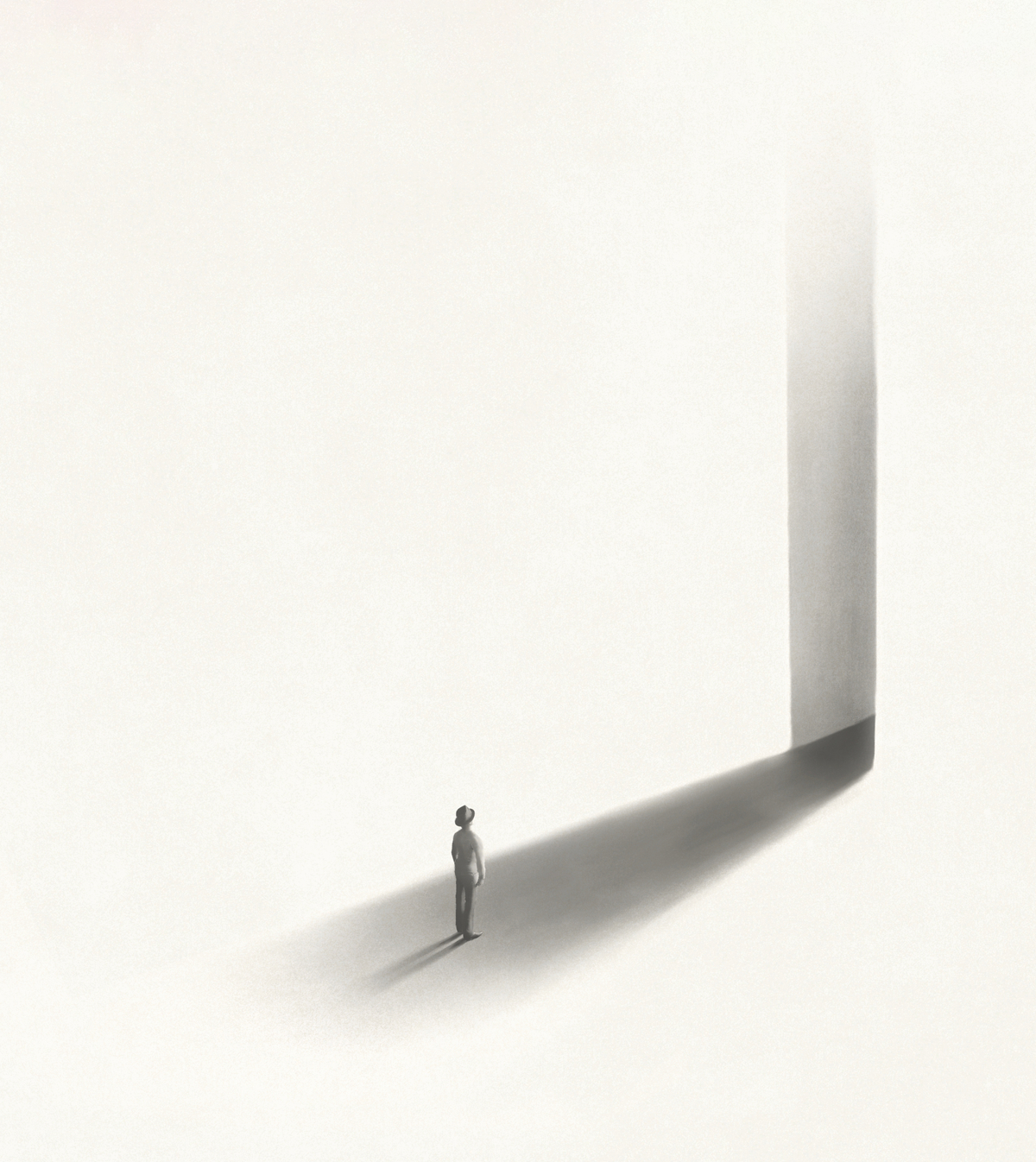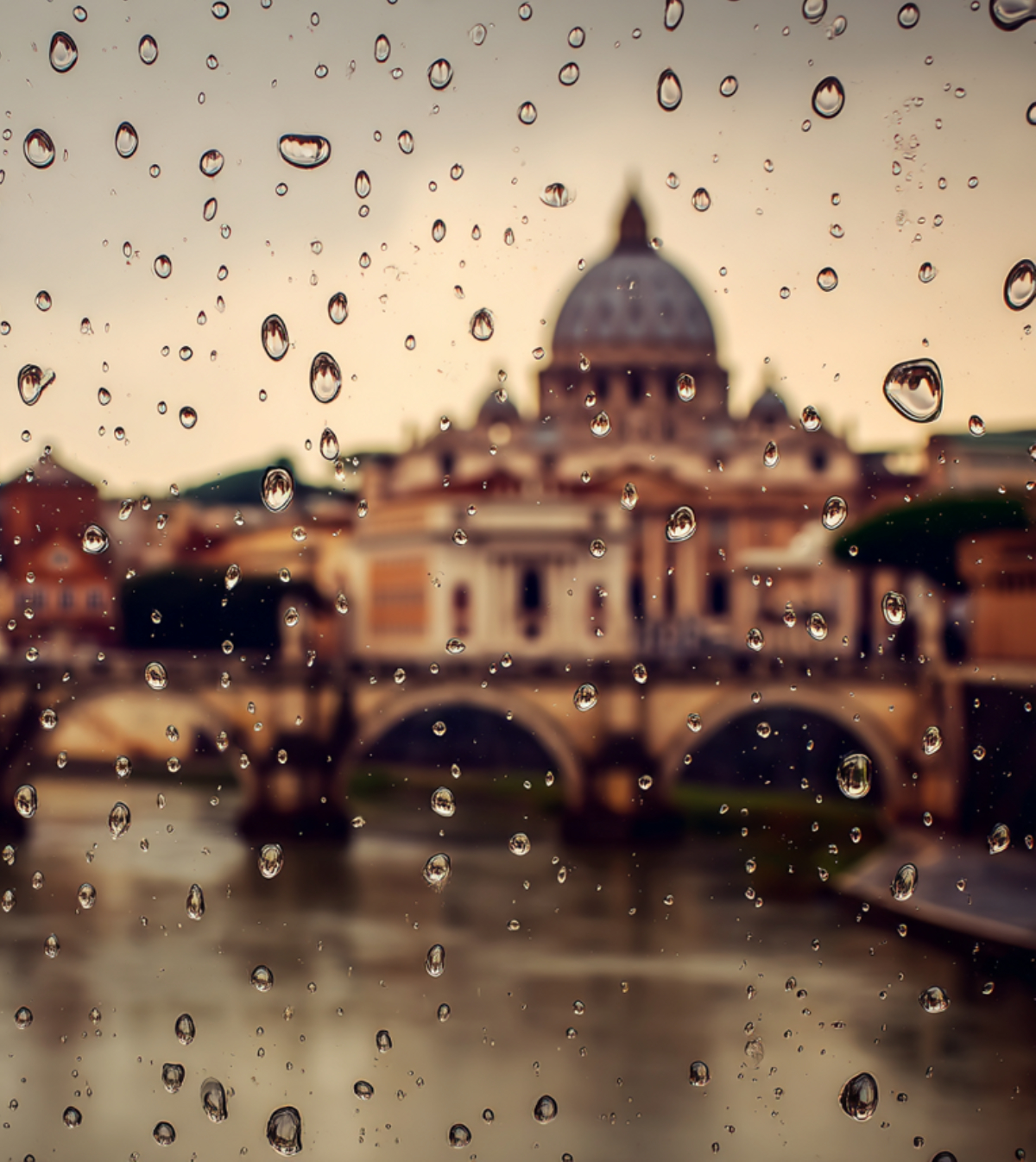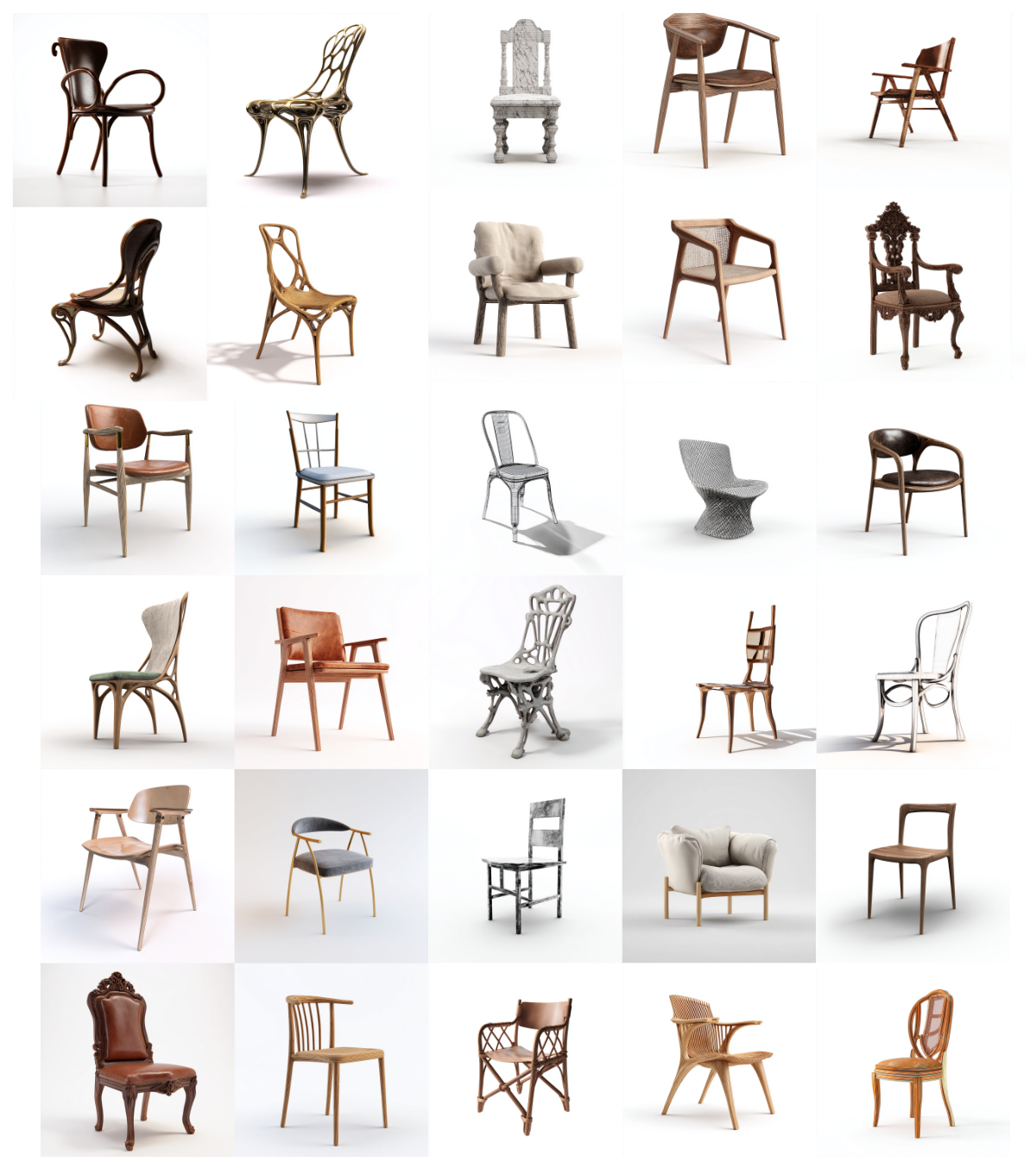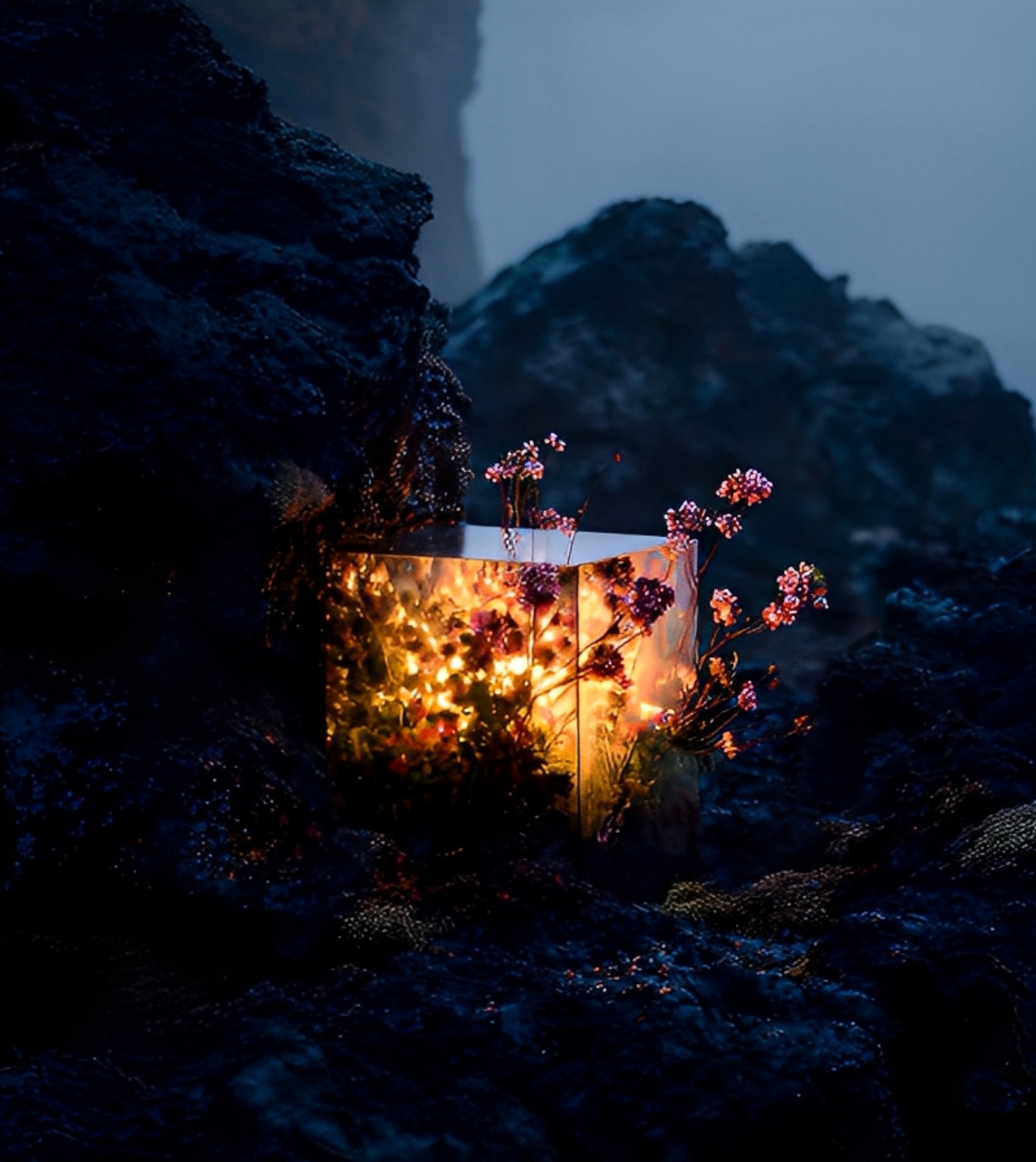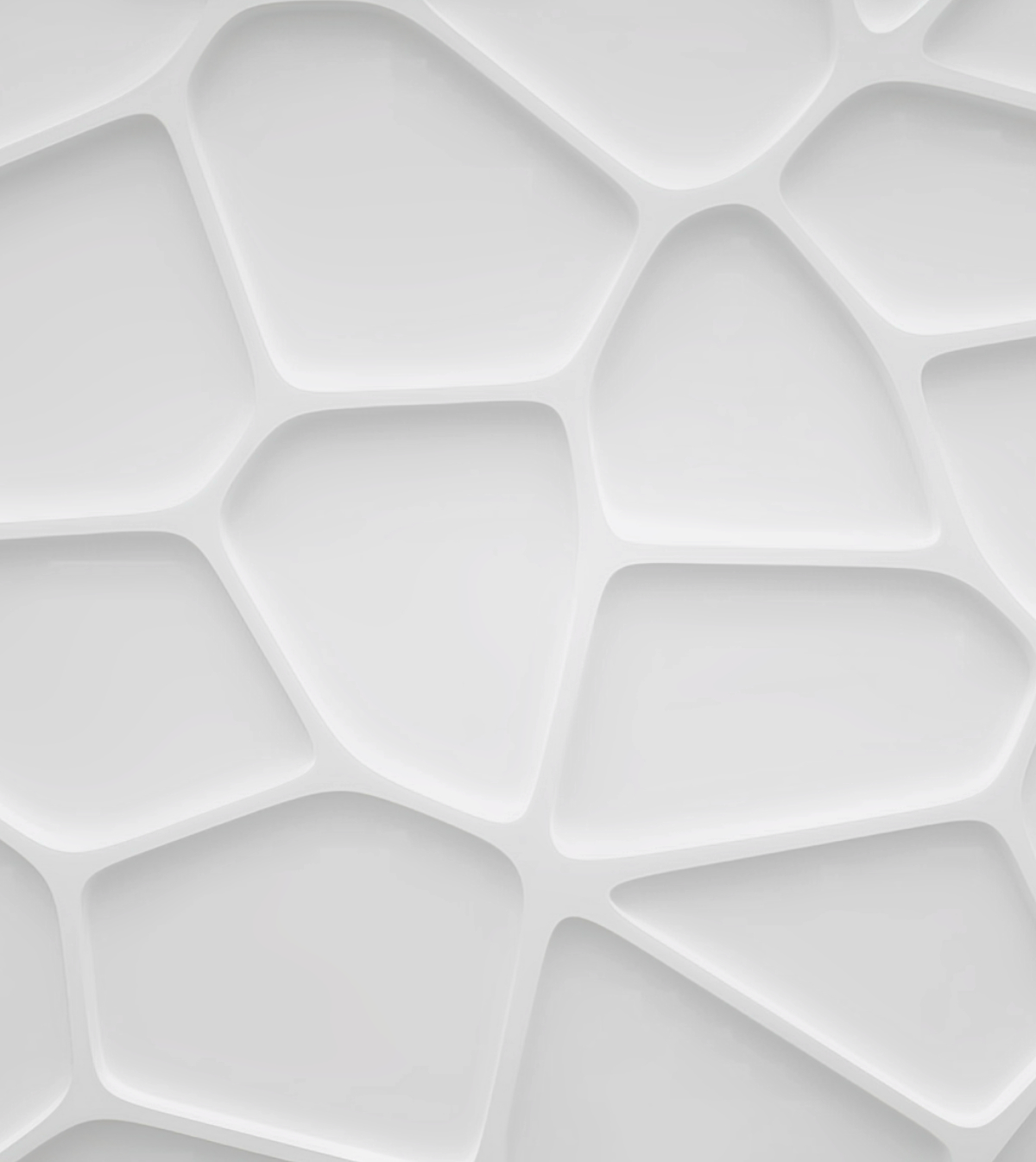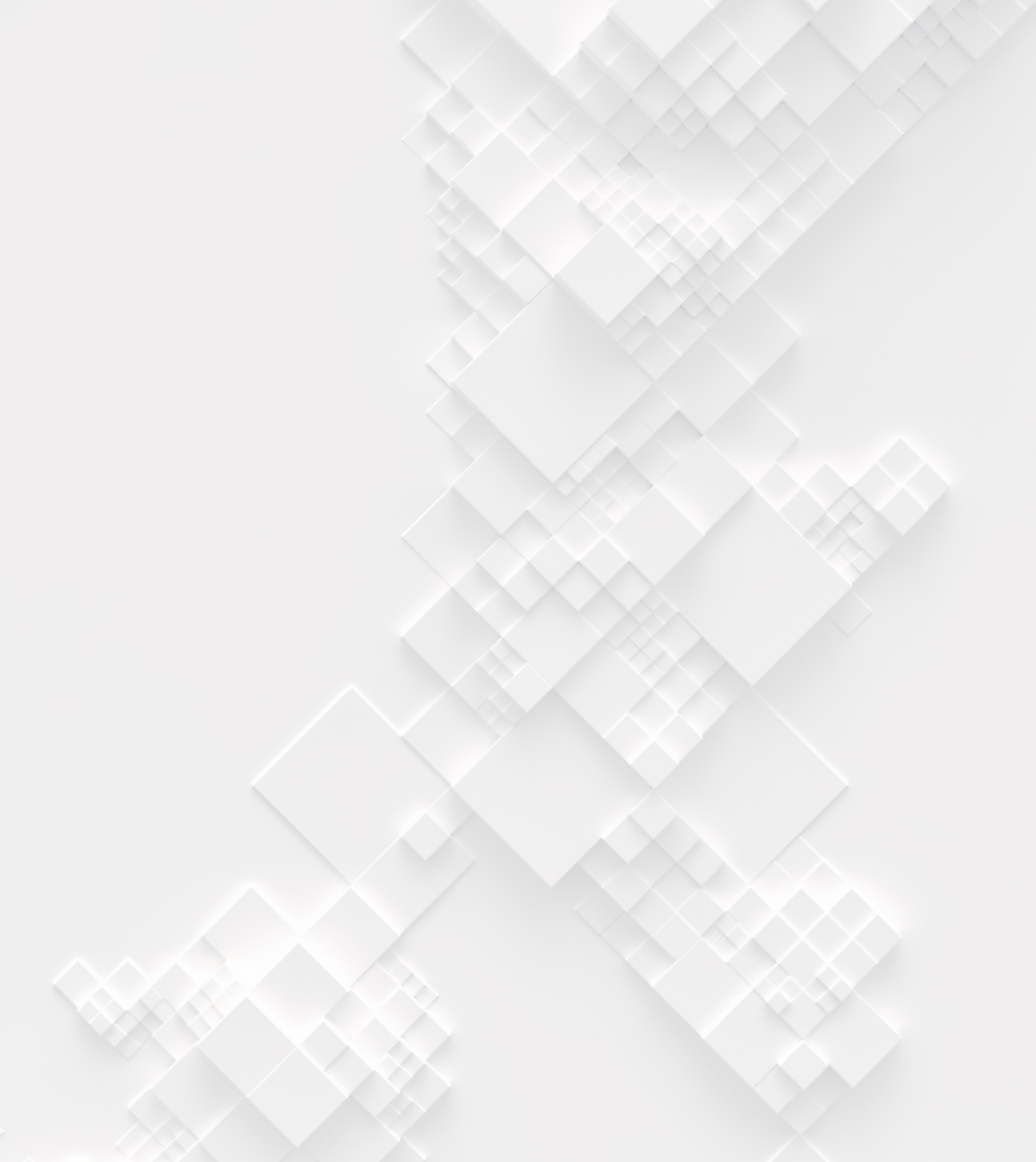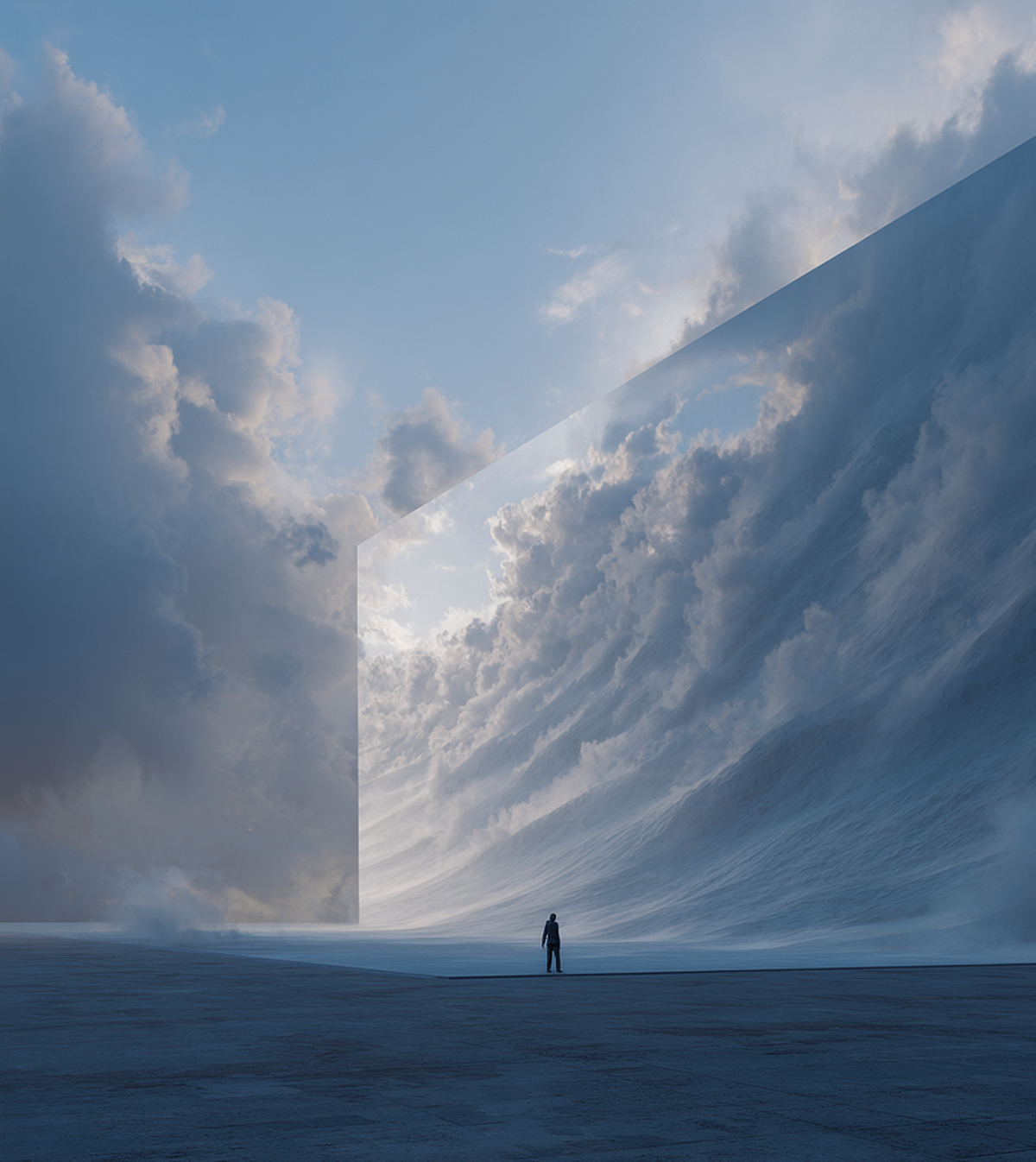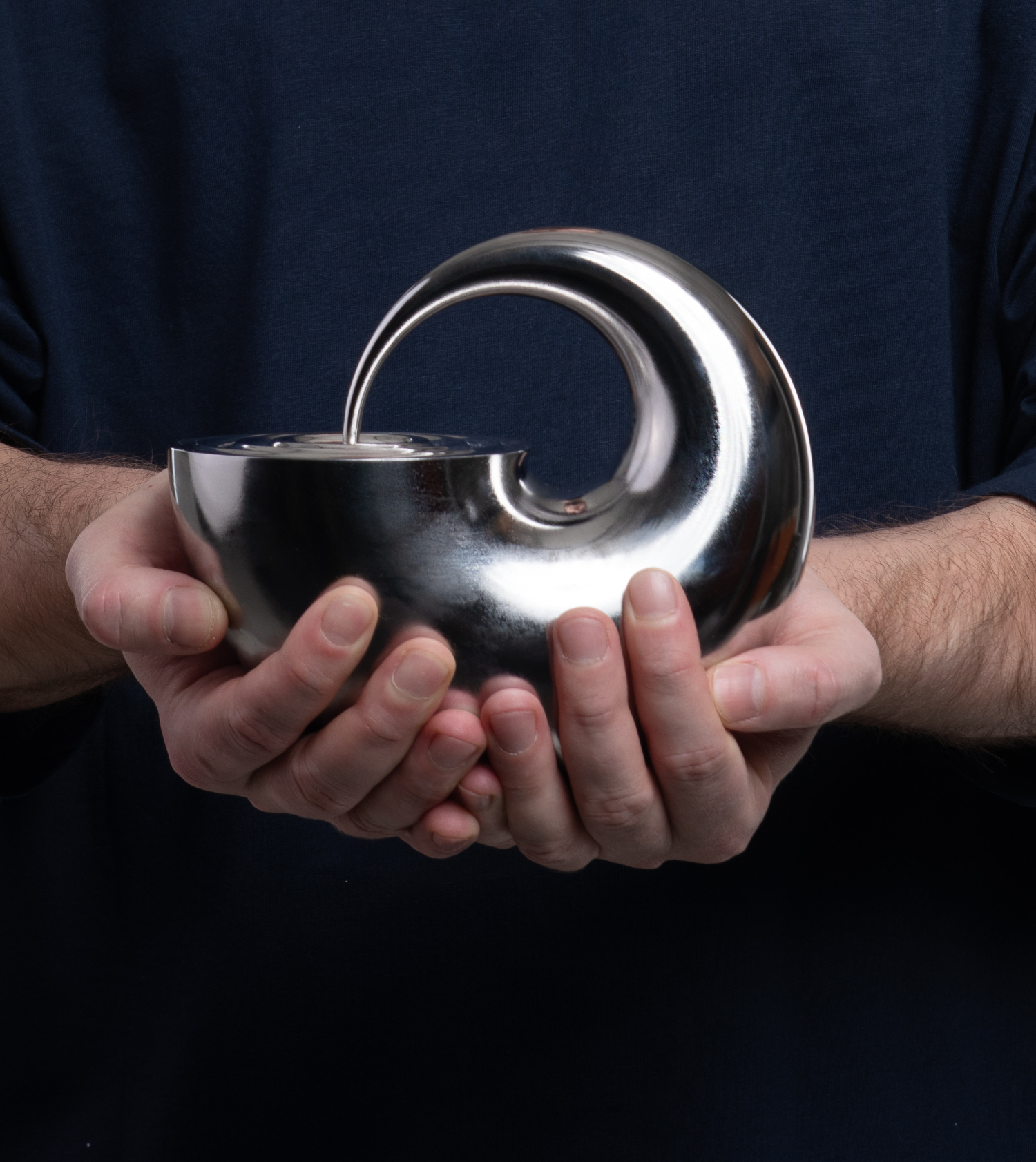We’d like to take the opportunity to introduce you to the 1st Prize winner of our Re:Form - New Life for Old Spaces competition – Parisima Davoudi from United States!
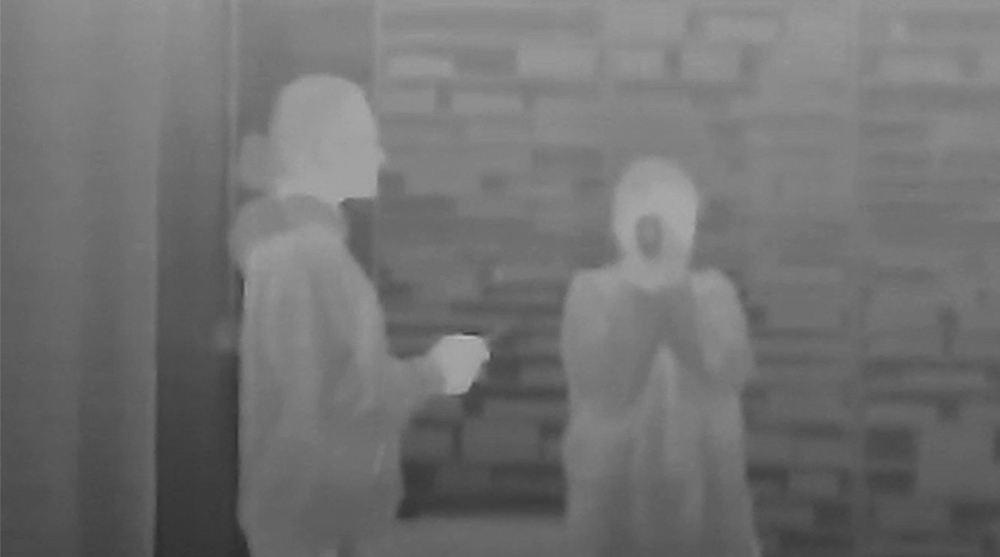
Parisima Davoudi
Please tell us about your company (when it was founded, where it is based, how many employees, etc) Alternatively, if you do not have a company, please give us some insights on your own professional/academia background.
For the past several years, we have been collaborating with independent architects, artists, and researchers on projects that operate at the intersection of space, politics, and memory. In 2024, we established Raah Studio in London as a continuation of this collective practice — an interdisciplinary platform dedicated to exploring the relationship between architecture, art, and research. Based in London, the studio now works within an international context, expanding its network of cultural and research collaborations across diverse geographies.
Brief information about the projects that you/your company have been involved with. For instance, what scale have you focused on/preferred, any significant projects where the company/ individuals have been Involved?
At Raah Studio, we work across a wide range of scales—from small urban elements to large spatial interventions in desert landscapes and interdisciplinary research-based projects. Our focus is not on physical scale, but on the conceptual and contextual depth of each work. Our projects span from memorials and contemplative spaces to urban and cultural interventions:
• Baghdad Design Centre (2nd Prize, Rifat Chadirji Prize) explores the relationship between memory and reconstruction within the urban fabric of Baghdad;
• Encoded Earth (Dubai Urban Elements Challenge 2024) translates the philosophy of the desert and dust into an urban design strategy;
• Memorial to the Last Nuclear Bomb – New Mexico reinterprets the desert as an ethical archive of the Earth.
In our practice, rather than focusing solely on function, we seek the spatial and political narratives embedded in ground, matter, and memory. Thus, while our work ranges from a single piece of urban furniture to vast desert landscapes, the logic remains constant: to transform space into a medium for reflection, remembrance, and presence.
What does architecture mean to you and what is the role of an architect in your society?
For us, architecture is not merely the act of constructing space, but the practice of reading the earth and time — an attempt to reveal the invisible forces that flow through matter, memory, and politics. Architecture can serve as a form of testimony; a language that resists oblivion and inscribes traces of violence, transformation, and life upon the ground.
In a society where space is often used as a tool for erasure or control, the role of the architect is to redefine it — to create frameworks for presence, dialogue, and the recovery of human dignity. Within such a context, the architect is not simply a designer of form, but a mediator between history, environment, and humanity — someone who can imagine the possibility of living again amid the ruins.
Why do you participate in architecture competitions?
We participate in architectural competitions not merely as arenas of rivalry, but as spaces for research and creative resistance. In a world where construction is often dictated by economic and political forces, competitions offer a rare opportunity to express ideas that might otherwise remain unbuilt or unheard. For us, each competition is a theoretical exercise — a chance to test the relationship between concept, material, and ethics in architecture. Through this process, projects become instruments of thought — reflections on the earth, memory, and our role in redefining a shared future.
What advice would you give to individuals who struggle to decide whether it would be beneficial for them to participate in architecture competitions?
Participating in architectural competitions should not be seen merely as a way to gain visibility or win, but as a means of understanding ourselves and our position in the world. Each competition offers a space for intellectual exercise — an opportunity to test one’s personal language in response to a global question. If the goal is only the result, the journey becomes disappointing; but if the aim is the process of searching and creating meaning within constraints, every failure becomes a stage of growth. A competition is, in essence, an open laboratory — a place to make mistakes, rebuild, and gradually shape a voice that becomes one’s signature.
Top 3 Reasons Why You Should Enter Architecture Competitions
Curious about the value of architecture competitions? Discover the transformative power they can have on your career - from igniting creativity and turning designs into reality, to gaining international recognition.
Learn more

